Posted on Thu 26 May 2016
Balancing art and science communication
Science and art have very different objectives, how do I find the equilibrium between communicating science and making an experience for an audience?
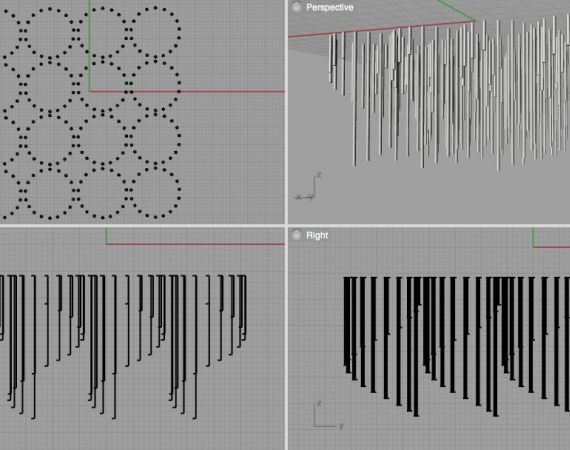
Posted by
Project

Communicating Science Residency
With media attention on solar flares and their effects on positive events (the northern lights) or predicted negative events (technological disruption), Helen White joined the Pervasive Media Studio in January 2013 to embark on a graduate and new talent residency, supported by IOP Publishing, to…Science and art have very different objectives, how do I find the equilibrium between communicating science and making an experience for an audience?
As my residency passes the halfway point, the work in progress event was an excellent opportunity to share and discuss my thoughts and ideas – a huge thank you to everyone who came along for their input, interest and enthusiasm. The discussion focussed on the importance of narrative and poetry in any outcome, carefully considering the balance between science communication and artistic interpretation. Can art ever be directly about science? Or is it more about human experience, not prettifying or producing propaganda for science but offering an alternative way of seeing?
The solar wind has a story – it begins at the sun, streaming off in all directions and filling every millimetre of space between the planets of our solar system, sometimes fast and sometimes slow, forever changing, invisible. To try and give this some context, the space probe Voyager 1 began to record weaker solar wind readings last year that suggested it was nearing the edge of our solar system, a staggering 35 years after its launch. Although we sometimes experience the solar wind visually on earth through the aurora, its effects are much more far-reaching. But if my only visual reference of the solar wind is the aurora, how can an artwork attempt to compete with the sublime beauty of this natural phenomena? And should it even try?
So I’ve found myself moving further away from projection and light as my material language, and looking more deeply into the potential of a sonic experience to give life to my data. And although I can sit and dream of spaces that sing and resonate with the speed and density of the solar wind, I am not a sound artist and I am wondering how achievable this will be within the remainder of my residency.
To try and give some form to my thinking I’ve been attempting to draw the varying scales of sound experience, imagining how a series of resonating tubes can ripple and flow under the influence of a magnetic field, going up the musical scale to communicate the speed, and the density being communicated through the number of tubes sounding at once. But what sort of scale, density and layout should the form itself take?
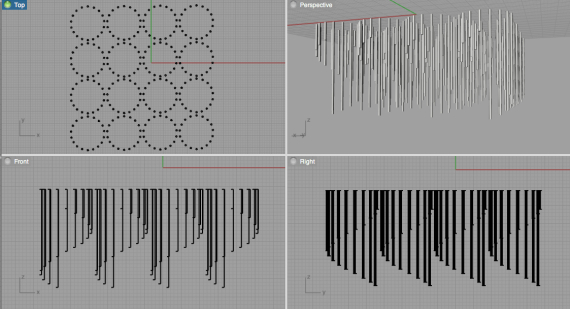
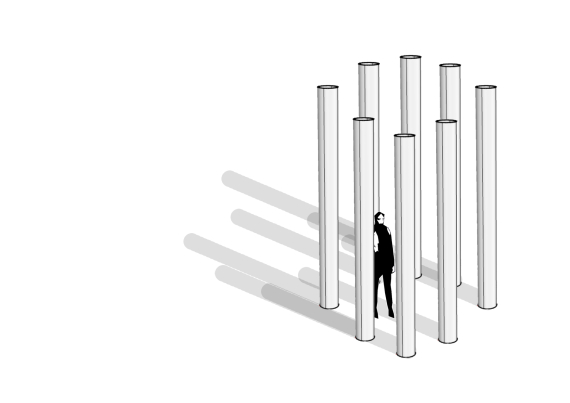
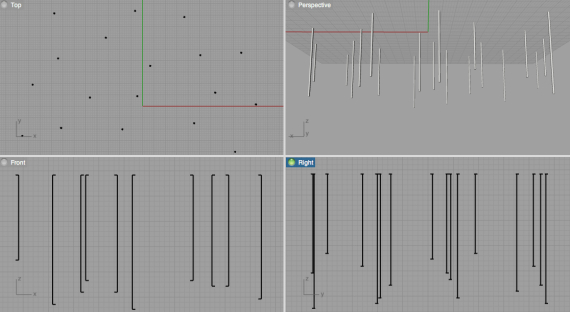
These crude sketches probably show that it’s difficult to give form to a sound that you cannot hear, so this week I’m going to start composing with musician and sound designer Andy Spaceland to work the other way around, and see what suggestions towards form the sound itself can influence.
There are so many questions about the selection of notes and chords and the way that these can represent data, and my research into this has led me to the music of the spheres; the philosophical concept that the mathematic proportions in the movements of the planets can be expressed as a form of music. I’ve only tiptoed over the subject but have found this beautiful visualisation by White Vinyl Design that has been enchanting me for the past week. It’s strangely hypnotic and it has an effect on me that I’d like to achieve with my data. I’ll happily wait for Pluto to make its orbit after 248 Earth years but then I can see it slowly moving – what happens when you can’t predict when the sound will occur?
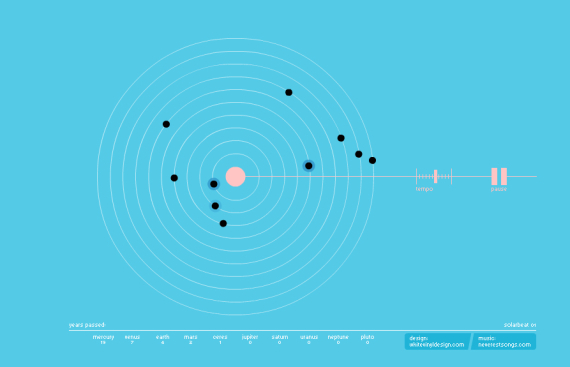
As a designer that has previously worked with nature, I am well aware of the unpredictability that is inherent in the subject matter, and a conversation with Dr Lucie Green, space scientist at MSSL, reinforced these random characteristics within the solar data that I am aiming to work with. I perhaps rather naively thought that science had a definite, that I could make really precise links between my data and the triggering of geomagnetic storms and aurora, but once again nature behaves in mysterious ways. I’m currently considering ways to balance this unpredictability with the definite required in triggering any outcome. I’m back to the question from my work in progress meeting, how scientifically rigorous am I aiming to be and where are the limits of artistic interpretation?
